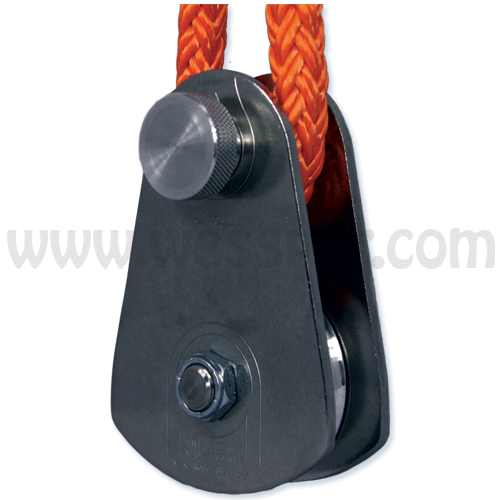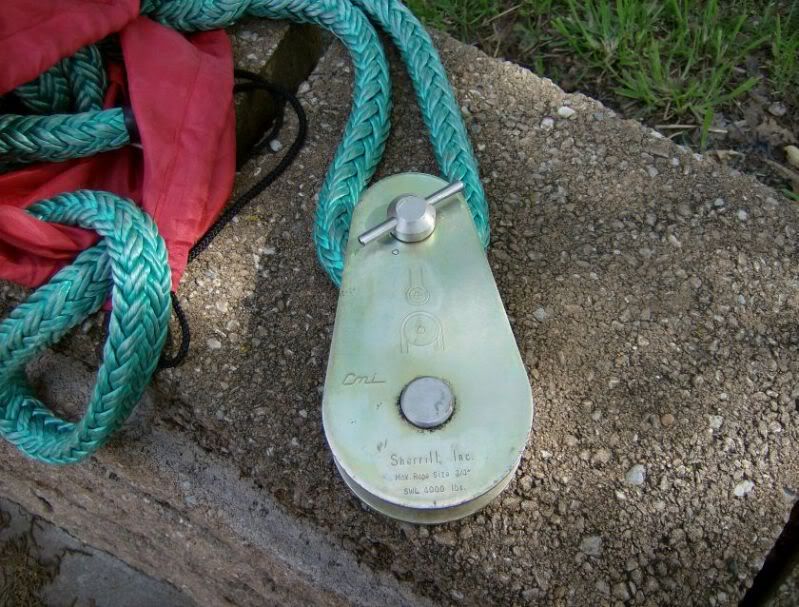Choosing an Arborist Block or Pulley
There are dozens of pulleys and blocks available for the use of arborists today. However not all are created to the same specifications, and there are many applications which will put high demand on the hardware and for which only certain blocks should be used. While the terms "block" and "pulley" are largely interchangeable, we have divided them into two main groups for clarity:
* (1) Arborist Blocks
* (2) Pulleys
Arborist blocks are built to sustain shock loading a situation where the load free-falls momentarily before being caught by the block. This places far more force on the hardware than normal lowering, therefore only arborist blocks should be used in such situations. Arborist blocks have widened cheek plates to protect the rigging line from abrasion against the tree. Arborist blocks also have an upper sheave to safely attach a rigging sling.
Pulleys are excellent tools for lowering static loads. They are not manufactured to handle shock loading and for these reason are often cheaper than arborist blocks.
The relatively narrow cheek plates on a pulley may expose the rope to abrasion, so care should be taking that the line does not rub against the tree when rigging with a pulley. Most pulleys have carabiner holes in the upper body rather than an upper sheave, and so the rigging sling can not be tied directly to the pulley, and a shackle or clevis is necessary for safe operation.
Other factors to consider when choosing a block or pulley are:
Rope Diameter Capacity -- Blocks may be safely used with rope sizes up to the max. diameter capacity.
Sheave Diameter -- The wider the sheave diameter, the less it will reduce the breaking strength of the rope or sling.
Working Load Limit (WLL) -- Working Load Limit is the maximum load the block is intended to handle. The percentage of breaking strength that constitutes the WLL is different from one manufacturer to another, but is generally 20 -25%.
Breaking Strength (Brk Str) -- This is the weight at which the device fails under test conditions.
Bearing vs. Bushing Bearings are more expensive than bushings, but are more efficient and are sealed against dirt and sawdust. In practical terms, they have identical strength properties.






